Ragdoll Cat Care : A Guide for First-Time Cat Parents
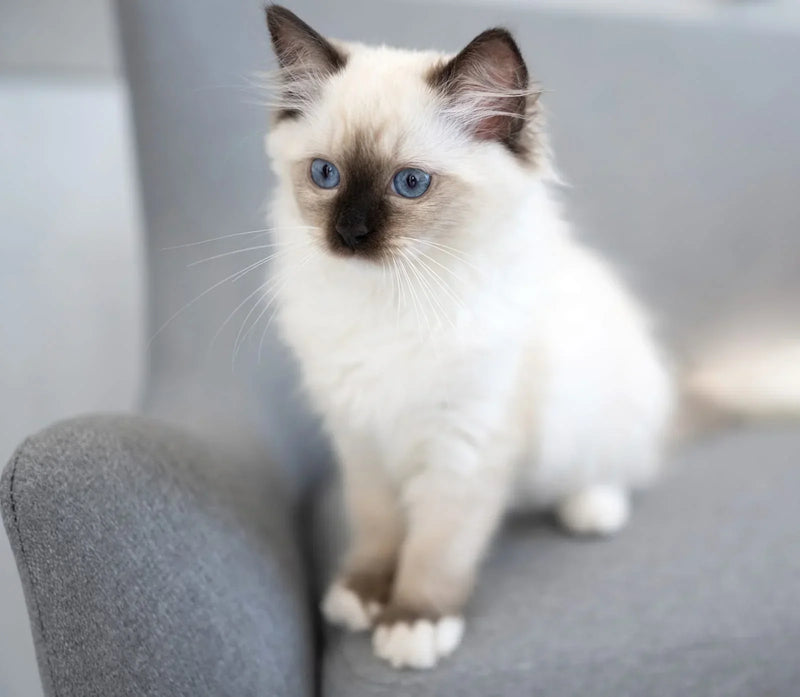
Bringing a Ragdoll cat into your home is a delightful experience. These gentle giants are known for their affectionate nature, striking blue eyes, and laid-back personalities.
Whether you're a first-time cat owner or a seasoned feline parent, understanding how to care for your Ragdoll properly is essential for a happy and thriving companion. Known for their docile temperament, Ragdolls are often described as "puppy-like" due to their willingness to follow their owners around and their love of human company.
In this Ragdoll care guide, we’ll cover everything from creating a safe space to essential grooming practices to ensure your cat’s well-being. Let's dive into the key aspects of Ragdoll cat care, ensuring your new furry companion grows into a happy and healthy member of your family.
Creating a Comfortable Space for Your Ragdoll
Ragdolls are known for their calm and sociable personalities, which make them ideal companions for homes of all sizes. To make sure your Ragdoll feels truly at home, you’ll need to provide them with a comfortable environment that caters to their needs. Creating a safe, secure, and enriching environment is critical for their well-being.
Providing a Safe Haven: The Importance of a Cozy Bed
A Ragdoll cat will appreciate a cozy, quiet space to retreat to when they need some downtime. Opt for a soft, cushioned bed with high sides to create an enclosed, secure area where they can relax.
Ragdolls tend to enjoy feeling snuggled and safe, so selecting a bed that provides them with this sense of comfort is key. Consider placing the bed in a quiet corner of your home where your cat can feel safe and undisturbed.
Unlike other breeds, Ragdolls tend to be more sensitive to their environment. They do not enjoy loud noises or excessive movement. Therefore, creating a peaceful environment where they can recharge will improve their overall quality of life.
-
Ragdoll cat beds should have soft, plush materials.
-
Choose beds with high or soft sides to create a secure, enclosed space.
-
Regularly clean the bed to maintain a hygienic environment for your cat.
Playtime Essentials: Toys for Enrichment
Interactive toys are critical in keeping your Ragdoll mentally engaged and happy. Although Ragdolls are generally calm, they still require regular play sessions to stay fit and healthy.
Invest in a variety of toys that stimulate both their mind and body, such as feather wands, puzzle feeders, and scratching posts. These toys help satisfy their natural instincts, from hunting to scratching, and also provide a bonding opportunity for you and your feline companion.
Ragdoll cats are not as active as other breeds, but they still need playtime to stay physically and mentally fit. Without proper stimulation, they may become bored, which can lead to undesirable behaviors like excessive meowing or destructive scratching.
-
Interactive toys like feather wands and laser pointers engage your cat’s hunting instincts.
-
Puzzle feeders encourage mental stimulation and problem-solving.
-
Scratching posts help to maintain healthy claws and provide stress relief.
In addition to toys, regular play sessions with your Ragdoll can provide the mental stimulation they need. These play sessions also serve as a great way to bond with your cat, helping to develop a strong and lasting relationship.
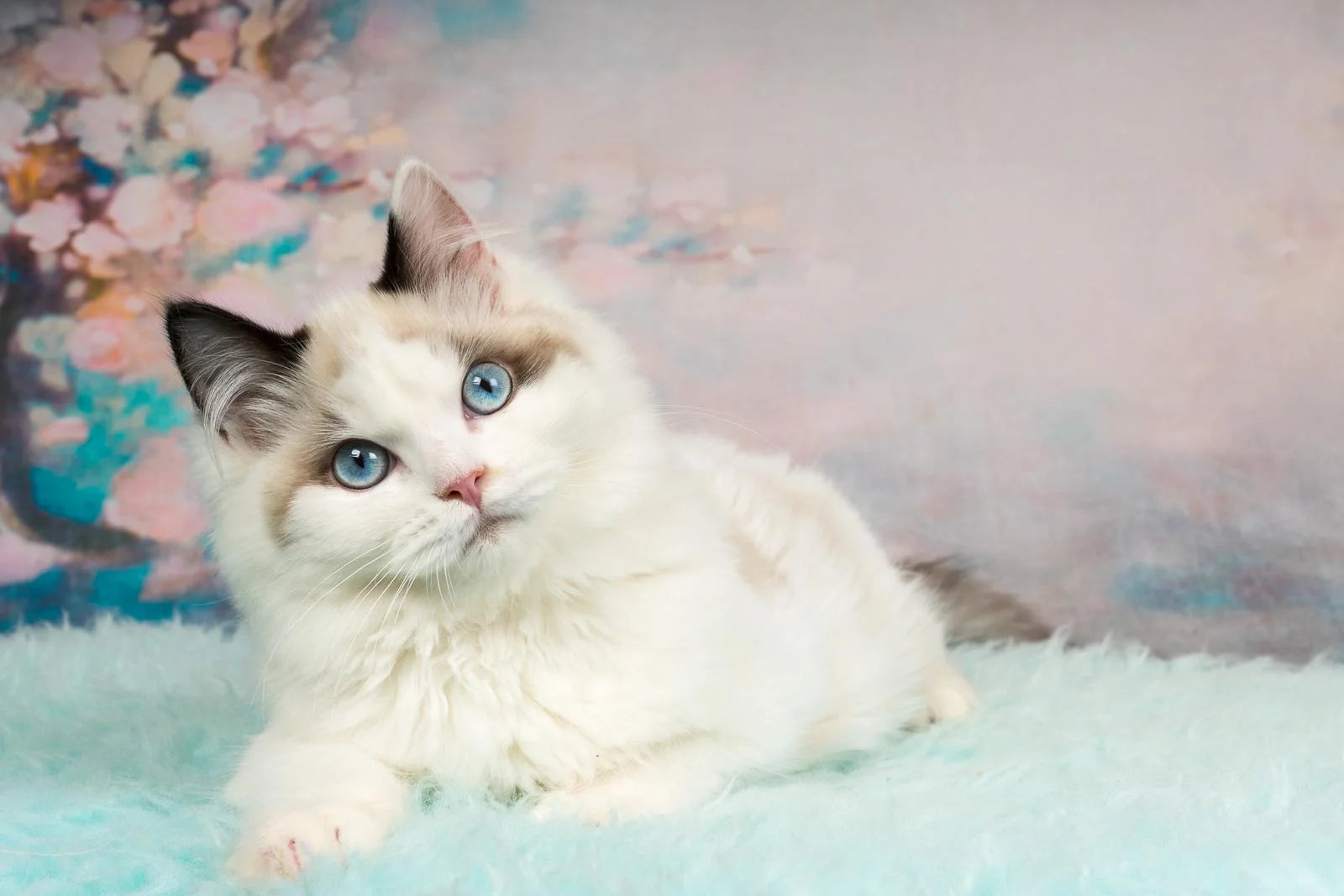
Nourishing Your Ragdoll: Diet and Nutrition
Proper nutrition is essential for your Ragdoll cat’s overall health and vitality. A balanced diet helps maintain their long-term health, supports a shiny coat, healthy skin, and high energy levels. Being a larger breed, Ragdolls require high-quality food that can sustain their growth and development.
Balanced Nutrition: Choosing the Right Cat Food
When selecting food for your Ragdoll cat, choose a high-quality product that lists a protein source (such as chicken, turkey, or salmon) as the main ingredient. Avoid foods that contain fillers like corn, soy, or artificial additives. Always look for natural, nutrient-rich options that cater specifically to your cat’s dietary needs.
It's also important to consult with your veterinarian for dietary recommendations, especially if you have any concerns about your Ragdoll’s health or if your cat has special nutritional requirements. Ragdolls tend to be prone to certain health conditions, such as heart disease, which makes a balanced diet essential in preventing long-term health issues.
-
Protein-rich food supports muscle health and energy levels.
-
Avoid fillers like corn, soy, and artificial additives.
-
Consult your vet for personalized dietary advice based on your cat’s health needs.
A diet rich in omega-3 and omega-6 fatty acids is also beneficial for Ragdolls, promoting a glossy coat and healthy skin. Look for foods that contain fish oils, flaxseed, or other natural sources of these essential fatty acids.
Hydration Matters: Providing Fresh Water
Hydration is an often-overlooked but crucial part of Ragdoll cat care. Ensure your Ragdoll always has access to clean, fresh water. Ragdolls can be prone to kidney issues, so it’s important to encourage regular hydration.
You can even consider using a cat-friendly water fountain that helps keep the water fresh and appeals to your cat’s natural instincts to drink from moving water. Cats often prefer running water, and a fountain encourages them to drink more frequently.
Many Ragdolls are not naturally inclined to drink a lot of water, especially if they eat primarily dry food. To avoid urinary tract issues, which are common in cats, ensure that your Ragdoll is consuming enough liquids throughout the day.

Grooming and Hygiene: Keeping Your Ragdoll Radiant
Ragdolls have beautiful semi-long fur that requires regular care to keep it looking its best. Grooming your Ragdoll not only helps to prevent matting and tangles but also strengthens the bond between you and your cat. Regular grooming is a wonderful bonding activity that will be enjoyable for both of you.
The Beauty of Regular Brushing
While Ragdolls don't shed as much as some long-haired breeds, their fur still requires attention. Regular brushing is essential to prevent tangles and mats, especially in the undercoat. A gentle brushing routine will keep their coat shiny, soft, and tangle-free. Depending on how much shedding your Ragdoll experiences, you may want to brush them 2-3 times a week.
Ragdolls have a silky coat that can become matted without proper grooming, particularly in the underbelly and behind the ears. Additionally, grooming sessions provide a great opportunity to check your cat for any skin issues or parasites, keeping their overall health in check.
-
Regular brushing prevents tangles and mats.
-
Use a gentle brush to avoid hurting your cat’s skin.
-
Brush your cat 2-3 times a week for optimal coat care.
Nail Trimming: A Painless Procedure
Nail trimming is an essential part of your Ragdoll's hygiene routine. Keeping your cat’s nails trimmed helps prevent overgrowth, which can cause discomfort or even injury. Although some cats resist nail trimming, making it a regular part of your cat's routine will help them become more accustomed to the process. Be sure to use high-quality nail clippers designed for cats and trim carefully to avoid cutting too close to the quick.
Some Ragdoll cats enjoy having their nails trimmed, while others may resist. It’s important to start trimming their nails at a young age to get them accustomed to the process. You can also consult with a veterinarian or groomer if you’re unsure how to trim your Ragdoll’s nails properly.

Health and Wellness: Regular Check-Ups and Vigilance
Your Ragdoll cat's health should be a top priority. Regular vet visits and vigilant observation of any changes in your cat’s behavior or habits are key to ensuring they live a long, healthy life.
Vet Visits: Proactive Care for a Happy Ragdoll
Scheduling regular veterinary check-ups is crucial to detect and address any health concerns early on. These visits help monitor your Ragdoll’s growth, track vaccinations, and ensure your cat's overall well-being.
Your vet can also provide advice on diet, grooming, and preventive measures to keep your Ragdoll healthy for years to come. Ragdolls can be prone to specific health conditions, such as heart issues (Hypertrophic Cardiomyopathy) and kidney disease, so regular check-ups are vital.
-
Routine vet visits help detect health issues early.
-
Vaccinations, dental care, and preventative treatments are part of proactive care.
-
Your vet can offer tailored health tips for your Ragdoll.
In addition to regular vet visits, always be observant of your Ragdoll’s behavior. If they show signs of lethargy, changes in appetite, or discomfort, it's crucial to seek veterinary advice promptly.
Observant Eyes: Monitoring Your Cat's Well-being
Always stay alert to changes in your Ragdoll’s behavior, appetite, or litter box habits. If you notice something unusual, it may be an early sign of health issues that need immediate attention.
For example, a sudden decrease in appetite, changes in grooming habits, or litter box mishaps can indicate underlying health concerns. Early detection of these issues can prevent more serious conditions from developing.
Conclusion: Cherishing Your Ragdoll Companion
By providing your Ragdoll cat with a safe and comfortable home, a balanced diet, regular grooming, and proactive health care, you are setting the stage for a long, healthy, and loving relationship with your furry companion.
Every Ragdoll cat is unique, so be attentive to their specific needs and preferences. Whether it's their love for cuddling or their playful bursts of energy, understanding your Ragdoll’s personality will allow you to provide the best care.
Incorporating these Ragdoll care tips will help ensure that your feline friend thrives, providing both you and your Ragdoll with many years of happiness and companionship. If you’re considering adopting a Ragdoll, don’t hesitate to explore our selection of Ragdoll kittens for sale at Purebred Kitties.
Tags:



























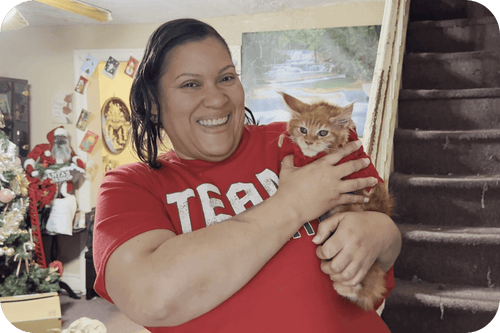












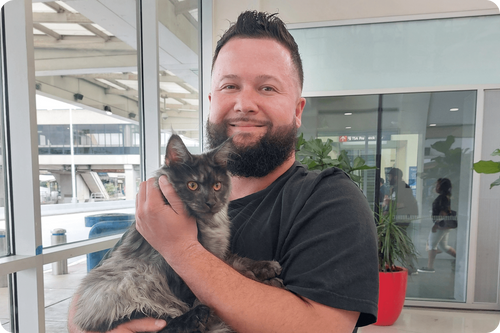











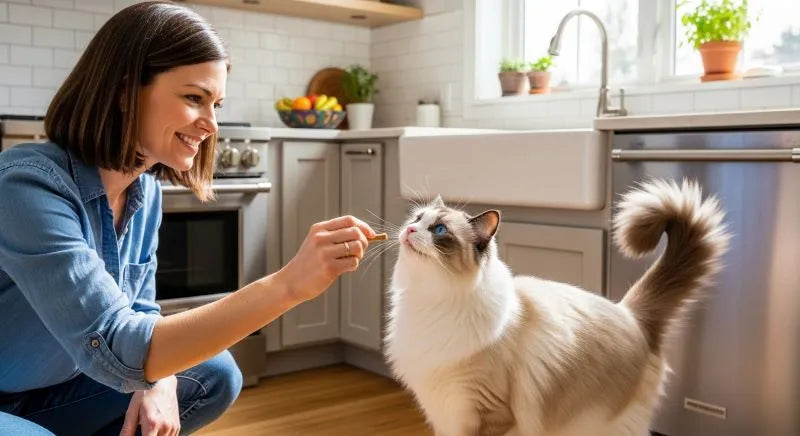

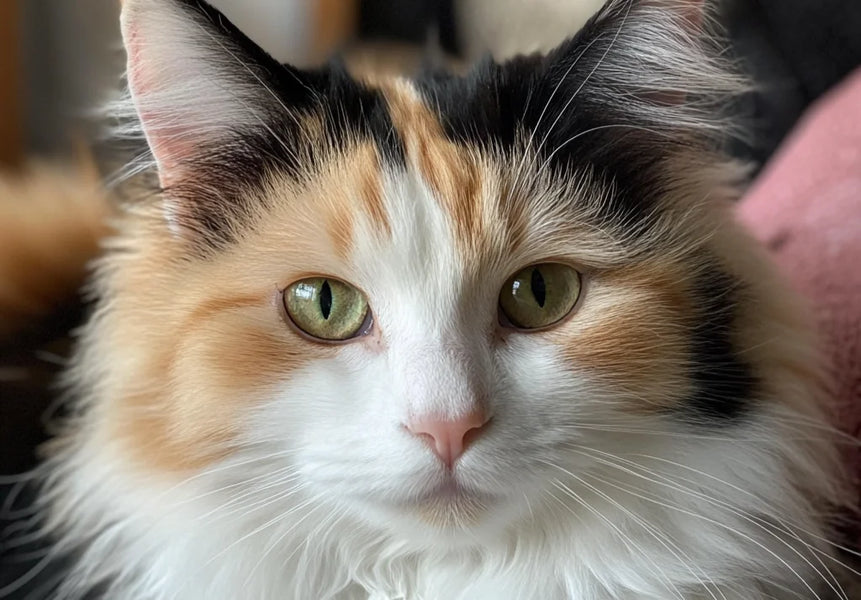

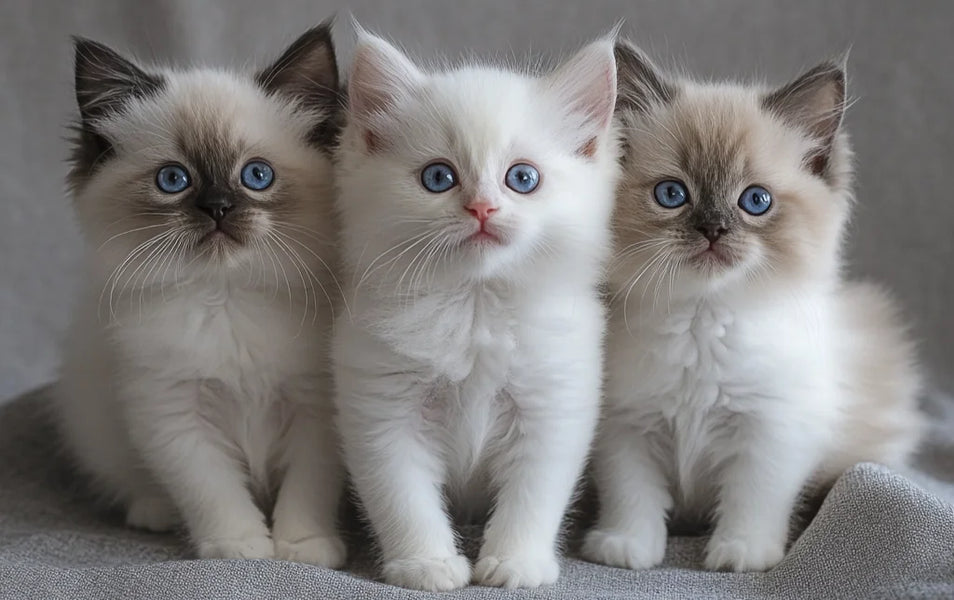




Comments(0)